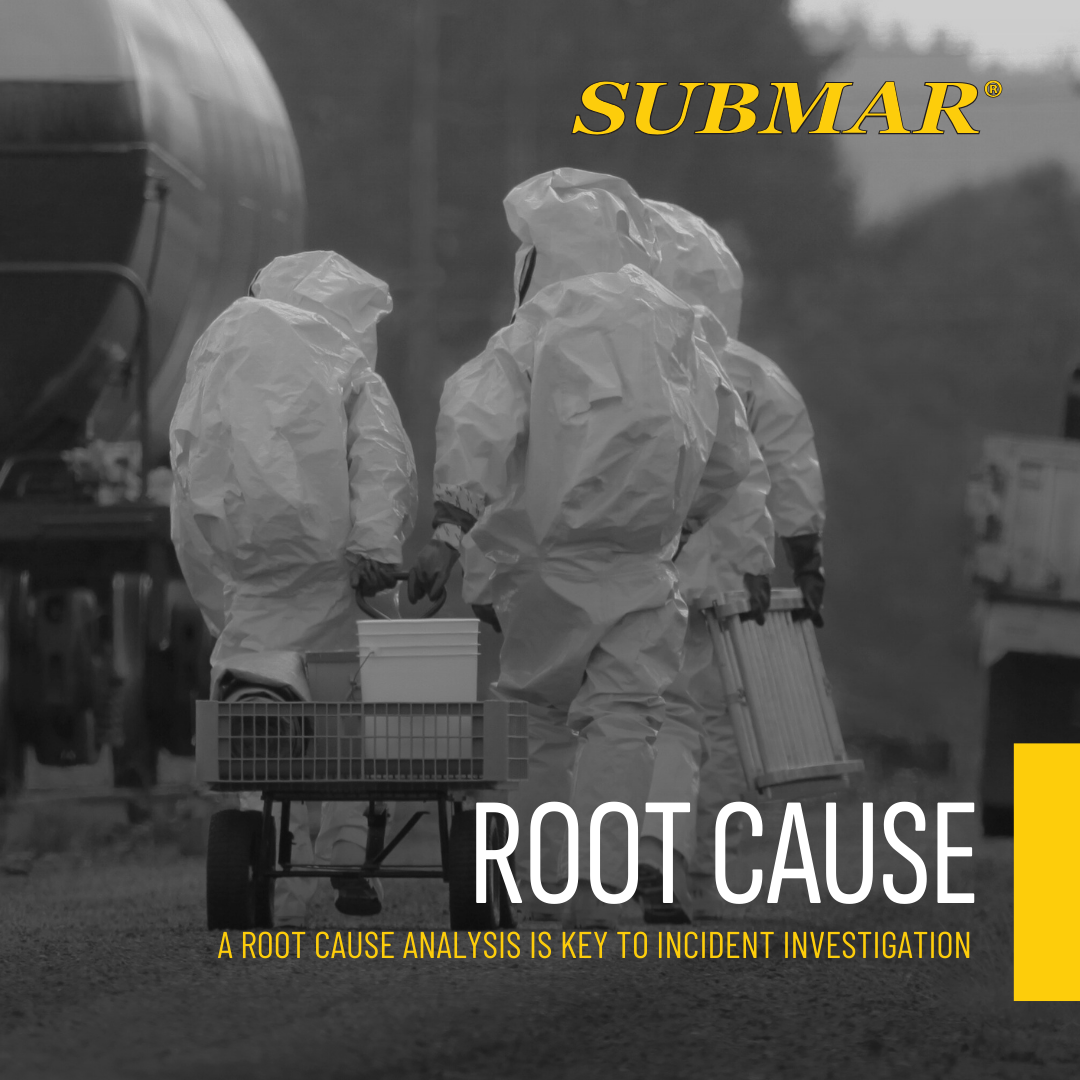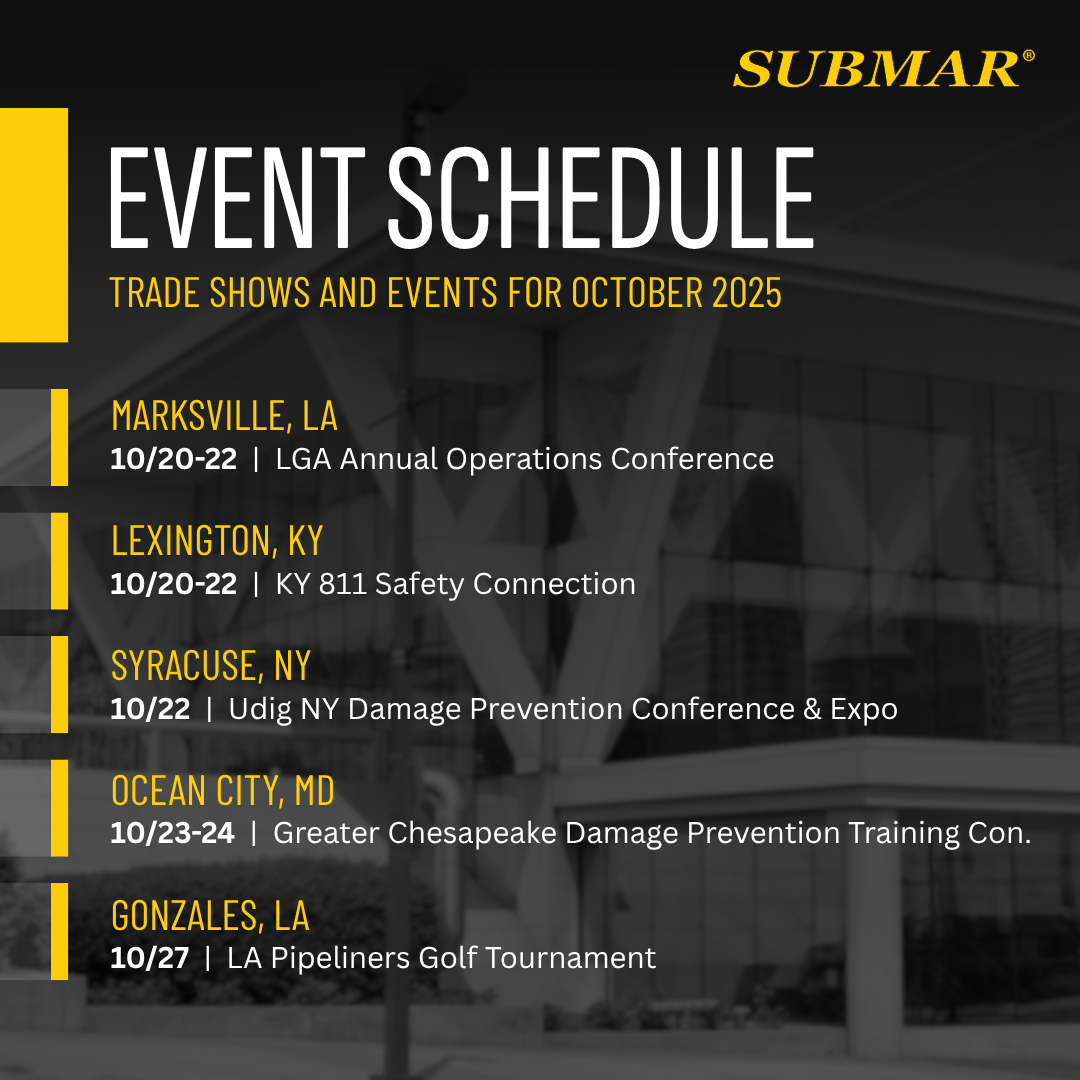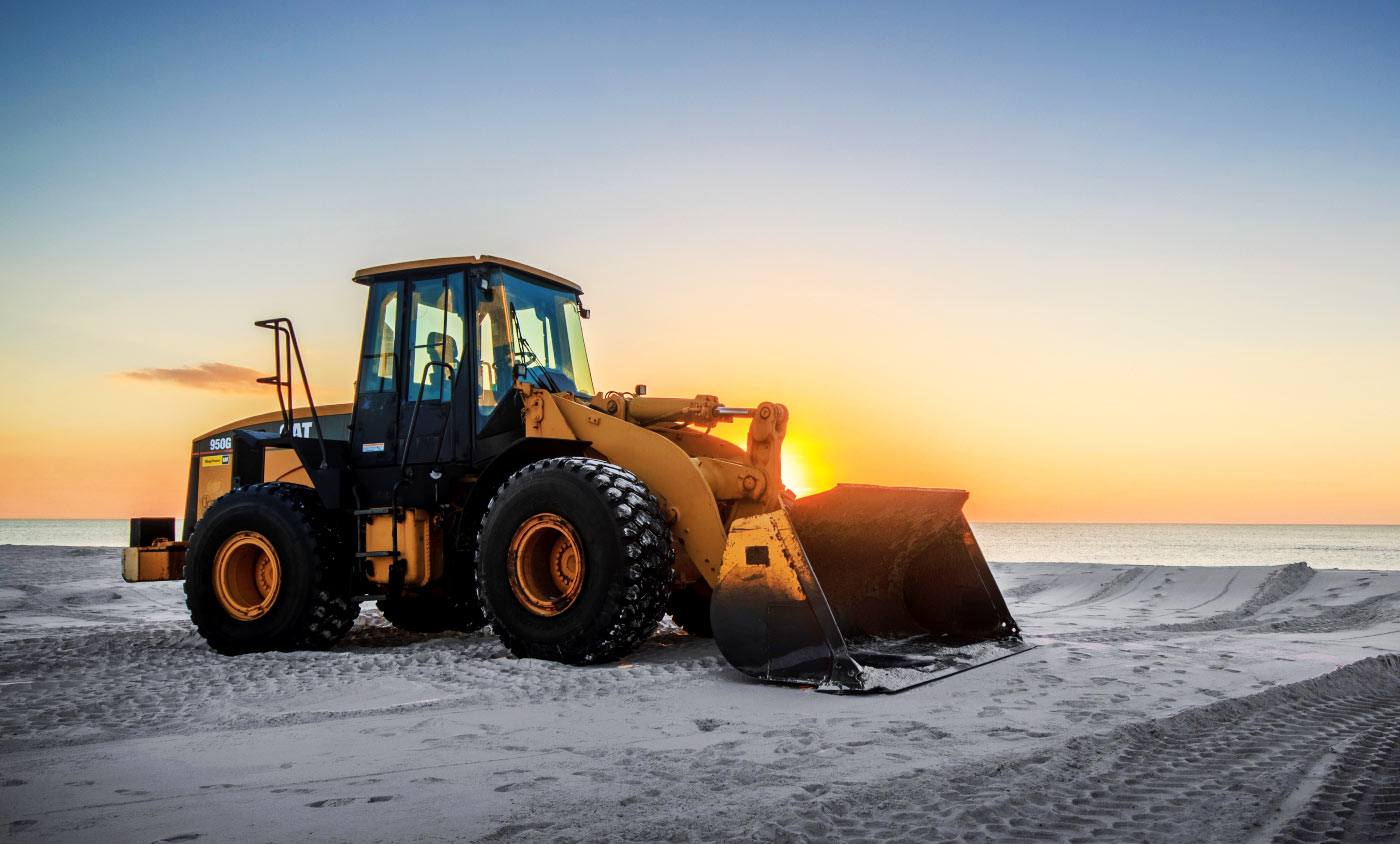Stay Safe in the Cold: Protect Yourself from Frostbite and Hypothermia This Winter
Dig Deeper for Safety: Every incident has a root cause—find it, fix it, prevent it.
We wanted to let our partners and customers know where they can find us throughout the month of October as we market, network, and play golf for student scholarships!
Submar's safety topic of the month is Maintaining A Positive Safety Culture.
Submar's safety topic of the month is Personal Protective Equipment (PPE).
Brader Dufrene oversees Submar’s eastern U.S. projects from estimation through completion, leveraging 5+ years in marine and supply chain operations, safety, and compliance.
The Stop Work Authority program empowers employees to halt unsafe tasks, ensuring HSE risks are managed before work resumes. It promotes proactive safety culture, collaborative issue resolution, and non-retaliation.










